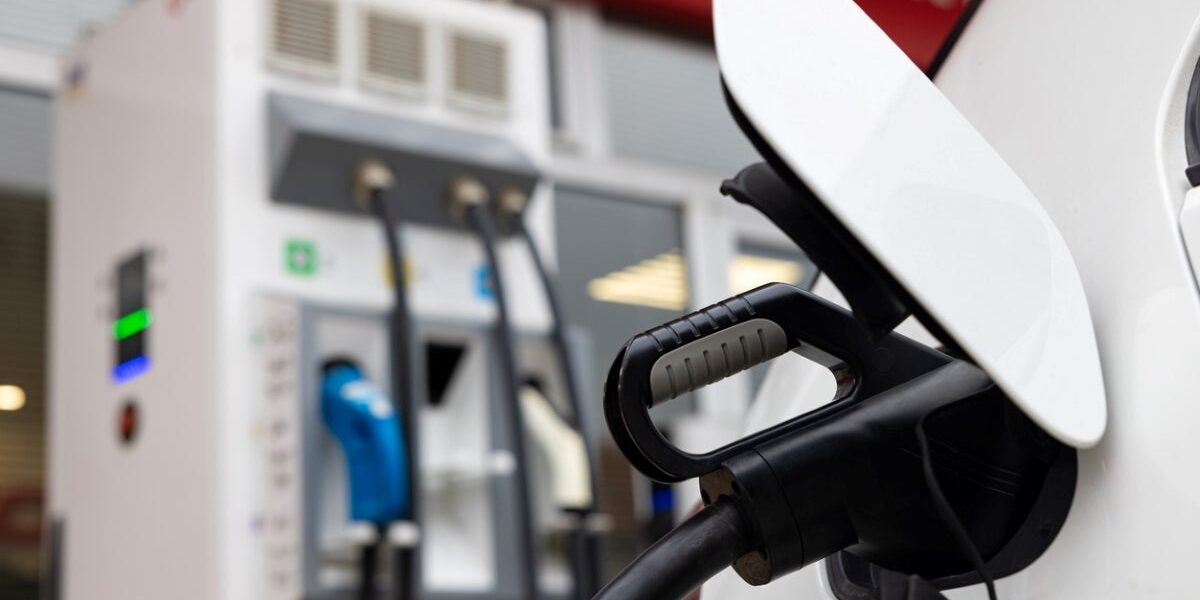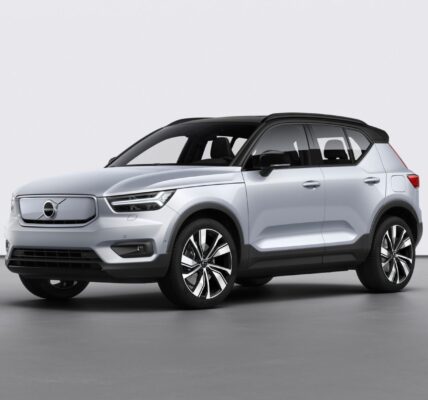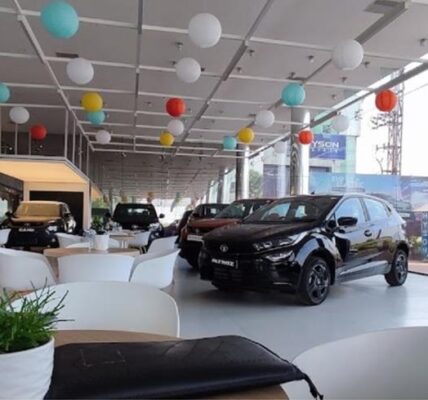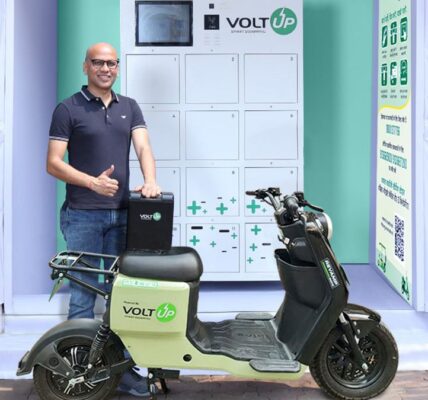India needs better charging infrastructure, continued subsidies and cheaper electric cars for the EV revolution to take off, participants at the Mint India Public Policy Summit said.
The Delhi government is focused on expanding charging and giving subsidies in the second phase of its EV policy, said Ashish Kundra, principal secretary and commissioner (transport). “Industry is at a stage where subsidies will be required from the standpoint of manufacturers and from the standpoint of the purchasing people, because there is a price sensitivity and there is a differential between the ICE vehicles and battery-operated vehicles,” he said at a panel discussion on the subject ‘Can India take the lead in the global EV race?’
He said adoption also depends on the charging infrastructure. Delhi has seen rapid adoption of EVs with over 4000 charging points, or one-third of all chargers in India, which the government is ramping up, he added.
Gagan Sidhu, director, CEEW Centre for Energy Finance, pointed to the slow growth among four-wheeler EVs, highlighting the need for charging infrastructure. He said that about 62% of all EVs in India are two-wheelers and 32% e-rickshaws, while four-wheelers constitute just about 4% of the overall EV space.
“One reason electric two-wheelers have picked up pace is that they don’t need sophisticated charging infrastructure. You can charge them at home. So, the lack of charging infrastructure clearly plays role (in lower adoption of EV four-wheelers),” Sidhu said. He also said some banks are “restrictive” in financing these vehicles.
However, Anmol Jaggi, co-founder of BluSmart Electric Mobility, an electric car ride hailing service provider, had a different view. Finance was never a constraining factor; but last year, BluSmart got only 10-30 cars a month due to electronics shortage, he said, while the company requires 500-600 cars. The supply of cars has become better, but the charging infrastructure is a constraining factor, he added.
“The cheapest electric car is ₹9 lakh, cheapest ICE engine car is ₹4-5 lakh. So, it is still a lot of distance and as you know that around 70-80% sales of cars is in the sub-8 to 10 lakh segment, we still don’t have any model available in that segment, Jaggi added.
Sidhu said that in the last financial year, the country crossed 1 million in EV registrations, which is more than double the number in FY22.
“So, in FY22, the number was something like 480,000. So, a 2x growth in one year and secondly a national level growth across all categories, we saw penetration also cross 5%,” he said.
Describing Delhi’s e-mobility journey as “phenomenal”, principal secretary Kundra said that in 2022, 17% of the new vehicles registered in Delhi were e-vehicles. Segment-wise, 65% of the three-wheeler goods carrying vehicles sold last year in the city were electric and around 45% of the taxis registered were electric.
“It think is a phenomenal transition which has happened and even with the bus segment again we are going fully electric now. So across segments there is a huge buoyancy. Two wheelers of course are the largest number because in any case our vehicle numbers are largest in the 2 wheeler segment. I think there have been huge learnings and now I think we are at a point where we are about to roll out the second version of the policy,” Kundra said.







